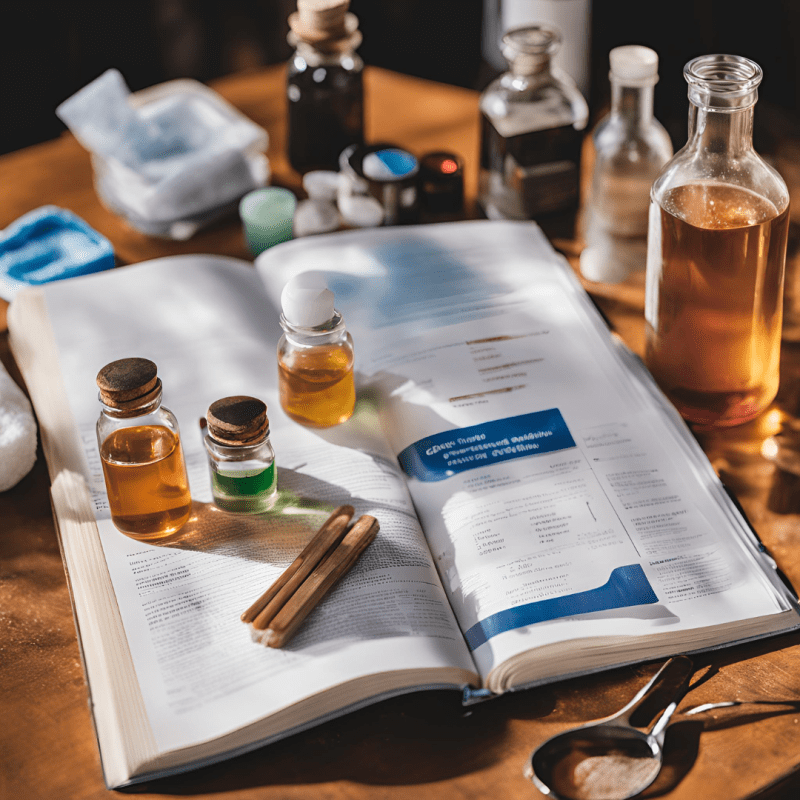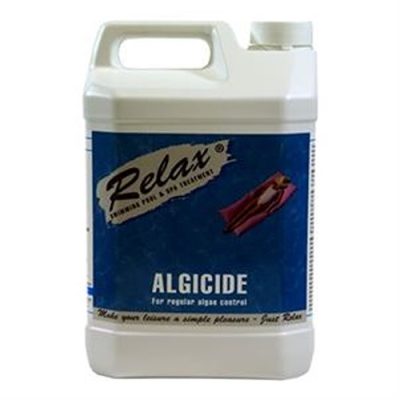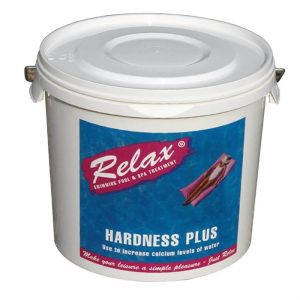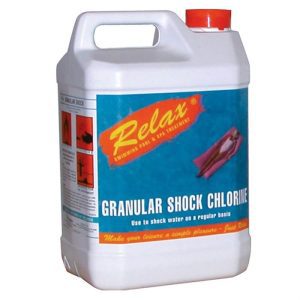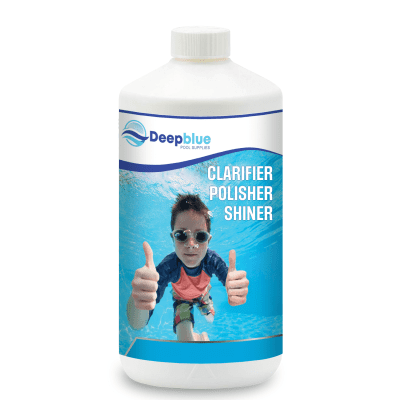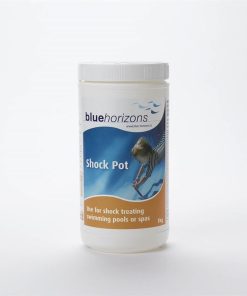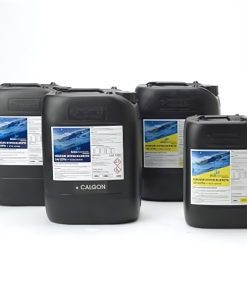Hot tub users need to maintain proper water chemistry to achieve safe relaxation time. This detailed guide provides an introduction to hot tub chemistry fundamentals together with explanations of importance along with maintenance instructions.
1. Why Water Chemistry Matters
Various essential reasons make water chemistry maintenance critical.
Safety and health risks occur when the water fails to achieve proper chemical balance because it creates skin discomfort along with rashes and irritated eyes. Safe use of hot tubs depends on regular testing and water chemistry adjustments.
Equipment Longevity: Improperly balanced water creates component damage to heaters and pumps which results in high repair expenses.
Enjoyment: The appearance and cleanliness of water directly impact the hot tub experience because it creates better conditions for users to enjoy their time.
2. Key Components of Hot Tub Water Chemistry
The essential water chemistry elements need understanding to support effective water balance.
pH Level: The pH scale extends between 0 and 14 where 7 represents neutral conditions. Hot tubs require pH levels between 7.2 and 7.8 for optimal operation. Water that has low pH values will cause corrosion but high pH levels result in scaling formation and water clouding.
Alkalinity: The Total alkalinity measurement shows how well water resists pH changes. The suitable range for hot tub water should be maintained between 80 and 120 ppm (parts per million). The correct alkalinity level serves as a pH stabilizer.
Chlorine/Bromine Levels: These sanitizers kill bacteria and keep the water safe. The recommended level for chlorine is 3-5 ppm, while bromine should be between 3-5 ppm as well.
3. Testing Your Water
Proper water chemistry requires regular testing as a key maintenance practice. The following steps show you how to effectively test your hot tub water:
Testing Kits: Select a test kit or strips specifically made for hot tub water analysis. The results obtained from test kits accurately show the pH levels and alkalinity and sanitizer concentrations.
Frequency: Hot tub owners should check water at least weekly but need to increase frequency when usage is high or when many people bathe in the tub.
4. Balancing pH Levels
Your test results indicate a need to adjust the pH levels because they are either too low or too high.
Raising pH: A pH increaser containing sodium carbonate serves to increase pH levels. The test results determine the correct dosage amount you should add to the water while the solution needs at least 30 minutes to circulate.
Lowering pH: When the pH level reaches an excessively high point you must apply pH decreaser which contains sodium bisulfate to reduce it. Use the product instructions to determine your correct dosage amount based on your water quantity.
5. Adjusting Alkalinity Levels
The proper maintenance of alkalinity levels ensures that pH levels remain stable. The following steps show how to modify alkalinity levels.
Raising Alkalinity: An alkalinity increaser made from sodium bicarbonate raises the alkalinity level. Add the required quantity of product according to your water measurements and testing outcomes.
Lowering Alkalinity: To decrease alkalinity levels you should add pH decreaser gradually until reaching your target level.
6. Sanitizing Your Hot Tub Water
The regular sanitization of hot tub water serves as an essential measure to stop bacterial development. Here’s how to maintain proper sanitizer levels:
Chlorine: You should add chlorine granules or tablets to the water. The product label contains essential dosage instructions which you must use to determine your hot tub volume requirements.
Bromine: Bromine operates as an alternative sanitizing agent which continues working effectively in hot temperatures. Check the manufacturer instructions to determine the correct dosage amount.
7. Shocking Your Hot Tub
The process of shocking your hot tub represents an essential step to preserve water quality. The process requires a strong sanitizer application to eliminate contaminants.
Frequency: Shock the hot tub once every 1 to 2 weeks or following periods of intense use.
Types of Shock: Use chlorine or non-chlorine shock treatments. Read the product instructions to understand both the dosage amounts and the time needed before using the hot tub.
8. Dealing with Cloudy Water
The presence of clouded water often indicates chemical imbalances. Here’s how to clear it up:
Test Water: Check water for pH, alkalinity, and sanitizer levels. Adjust accordingly.
Shock Treatment: Apply shock treatment to remove impurities.
Filtration: Let the hot tub filter operate constantly until the water becomes transparent. Change or replace the filter according to its condition.
9. Preventing Foaming
Hot tub foaming produces annoying and uncomfortable effects. Here’s how to prevent it:
Using bath products only in moderation will help stop foaming in the water.
Apply a foam reducer product that is made for hot tub use when foam appears in the water.
10. Regular Maintenance Tips
Regular maintenance practices along with chemical balancing will help your hot tub remain in excellent shape.
The process of filter cleaning needs to happen regularly for both filter maintenance and water circulation and clarity purposes.
Change Water: Hot tub owners should drain their tubs every 3-4 months or when they notice significant changes in usage patterns.
Summary
Hot tub chemistry management serves as the foundation for safe hot tub use and relaxation. Your hot tub water will stay crystal clear and inviting through routine testing and chemical balancing and sanitation practices. The guidelines provide a path to establish a healthy environment in your hot tub that benefits you and your guests. The Pool Cleaners’ website and their friendly support team offer advice for obtaining any necessary chemicals or tools.
Some products you might be interested in:
Rated 4.47 out of 5
£36.71 £25.70
Rated 4.42 out of 5
£44.33 £31.03
Rated 4.00 out of 5
£66.05 £46.24
Rated 4.47 out of 5
£18.73 £13.11
Related Products
Related Articles
 Aquasplash 25Kg Small Chlorine Tablets 20G
Aquasplash 25Kg Small Chlorine Tablets 20G
 Plastica 4 x 5lt Relax Cleaner Winter
Plastica 4 x 5lt Relax Cleaner Winter
 Certikin Wprh Dosing System (CDEPAWPRH)
Certikin Wprh Dosing System (CDEPAWPRH)
 Certikin 4.5Kw 1Phase Touch Screen Heater With Titanium Elements (HEOCD14)
Certikin 4.5Kw 1Phase Touch Screen Heater With Titanium Elements (HEOCD14)
 Certikin 3-Tread 1.7" Overflow Ladder C/W Double Top Tread (CM3OF/18)
Certikin 3-Tread 1.7" Overflow Ladder C/W Double Top Tread (CM3OF/18)
 Blue Horizons - pH Minus 6 X 1.5kg decreaser reducer PH-
Blue Horizons - pH Minus 6 X 1.5kg decreaser reducer PH-
 Plastica Dual Pump Counter Current Control Panel (11AMP + Time Delay)
Plastica Dual Pump Counter Current Control Panel (11AMP + Time Delay)
 Certikin Secur 40 Suction Adaptor Kit For Concrete Tile Pools - 2 Required Per System (FL97811)
Certikin Secur 40 Suction Adaptor Kit For Concrete Tile Pools - 2 Required Per System (FL97811)
 Certikin Overflow Grating 200Mm Wide X 20Mm, Double Spine (HD106200-S2N)
Certikin Overflow Grating 200Mm Wide X 20Mm, Double Spine (HD106200-S2N)
 Plastica 6 x 1lt Relax Tile and Liner Cleaner
Plastica 6 x 1lt Relax Tile and Liner Cleaner
 Certikin Rainbow Floating Dispenser (RA335)
Certikin Rainbow Floating Dispenser (RA335)
 AquaSPArkle - Chlorine Granules 1 X 0.5kg Rapid dissolve Neutral PH
AquaSPArkle - Chlorine Granules 1 X 0.5kg Rapid dissolve Neutral PH
 Certikin Key Hole Flap Screws - Pack Of 10 (SPC416/10)
Certikin Key Hole Flap Screws - Pack Of 10 (SPC416/10)
 Plastica 500ml Relax Filter Cartridge Cleaner
Plastica 500ml Relax Filter Cartridge Cleaner
 Certikin 9Kw 1 & 3Phase Touch Screen Heater With Titanium Elements (HEOCDV9)
Certikin 9Kw 1 & 3Phase Touch Screen Heater With Titanium Elements (HEOCDV9)
 Plastica 5kg Relax Granular Shock
Plastica 5kg Relax Granular Shock

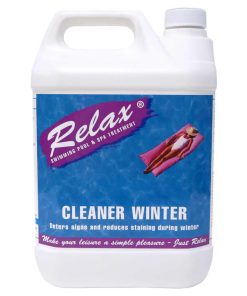 Plastica 4 x 5lt Relax Cleaner Winter
Plastica 4 x 5lt Relax Cleaner Winter  Certikin Wprh Dosing System (CDEPAWPRH)
Certikin Wprh Dosing System (CDEPAWPRH) 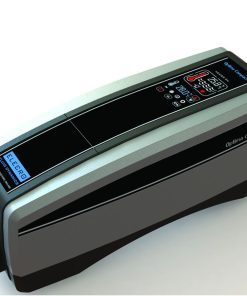 Certikin 4.5Kw 1Phase Touch Screen Heater With Titanium Elements (HEOCD14)
Certikin 4.5Kw 1Phase Touch Screen Heater With Titanium Elements (HEOCD14) 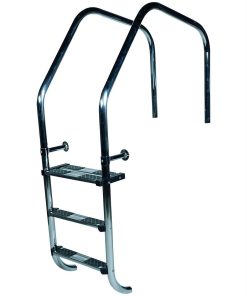 Certikin 3-Tread 1.7" Overflow Ladder C/W Double Top Tread (CM3OF/18)
Certikin 3-Tread 1.7" Overflow Ladder C/W Double Top Tread (CM3OF/18) 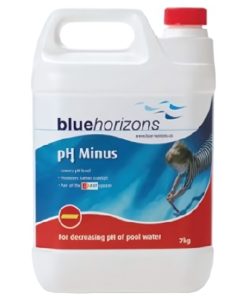 Blue Horizons - pH Minus 6 X 1.5kg decreaser reducer PH-
Blue Horizons - pH Minus 6 X 1.5kg decreaser reducer PH-  Plastica Dual Pump Counter Current Control Panel (11AMP + Time Delay)
Plastica Dual Pump Counter Current Control Panel (11AMP + Time Delay) 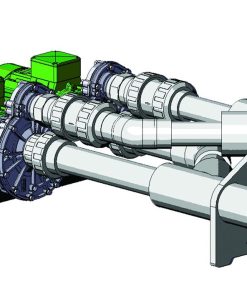 Certikin Secur 40 Suction Adaptor Kit For Concrete Tile Pools - 2 Required Per System (FL97811)
Certikin Secur 40 Suction Adaptor Kit For Concrete Tile Pools - 2 Required Per System (FL97811) 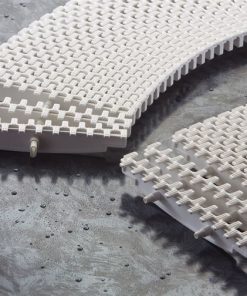 Certikin Overflow Grating 200Mm Wide X 20Mm, Double Spine (HD106200-S2N)
Certikin Overflow Grating 200Mm Wide X 20Mm, Double Spine (HD106200-S2N)  Plastica 6 x 1lt Relax Tile and Liner Cleaner
Plastica 6 x 1lt Relax Tile and Liner Cleaner  Certikin Rainbow Floating Dispenser (RA335)
Certikin Rainbow Floating Dispenser (RA335) 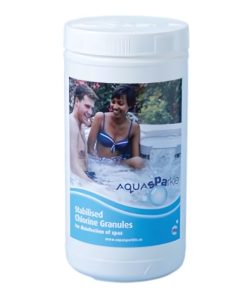 AquaSPArkle - Chlorine Granules 1 X 0.5kg Rapid dissolve Neutral PH
AquaSPArkle - Chlorine Granules 1 X 0.5kg Rapid dissolve Neutral PH  Certikin Key Hole Flap Screws - Pack Of 10 (SPC416/10)
Certikin Key Hole Flap Screws - Pack Of 10 (SPC416/10)  Plastica 500ml Relax Filter Cartridge Cleaner
Plastica 500ml Relax Filter Cartridge Cleaner 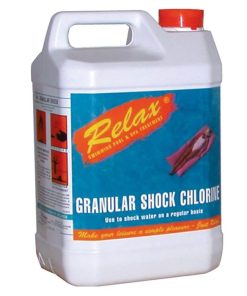 Plastica 5kg Relax Granular Shock
Plastica 5kg Relax Granular Shock 